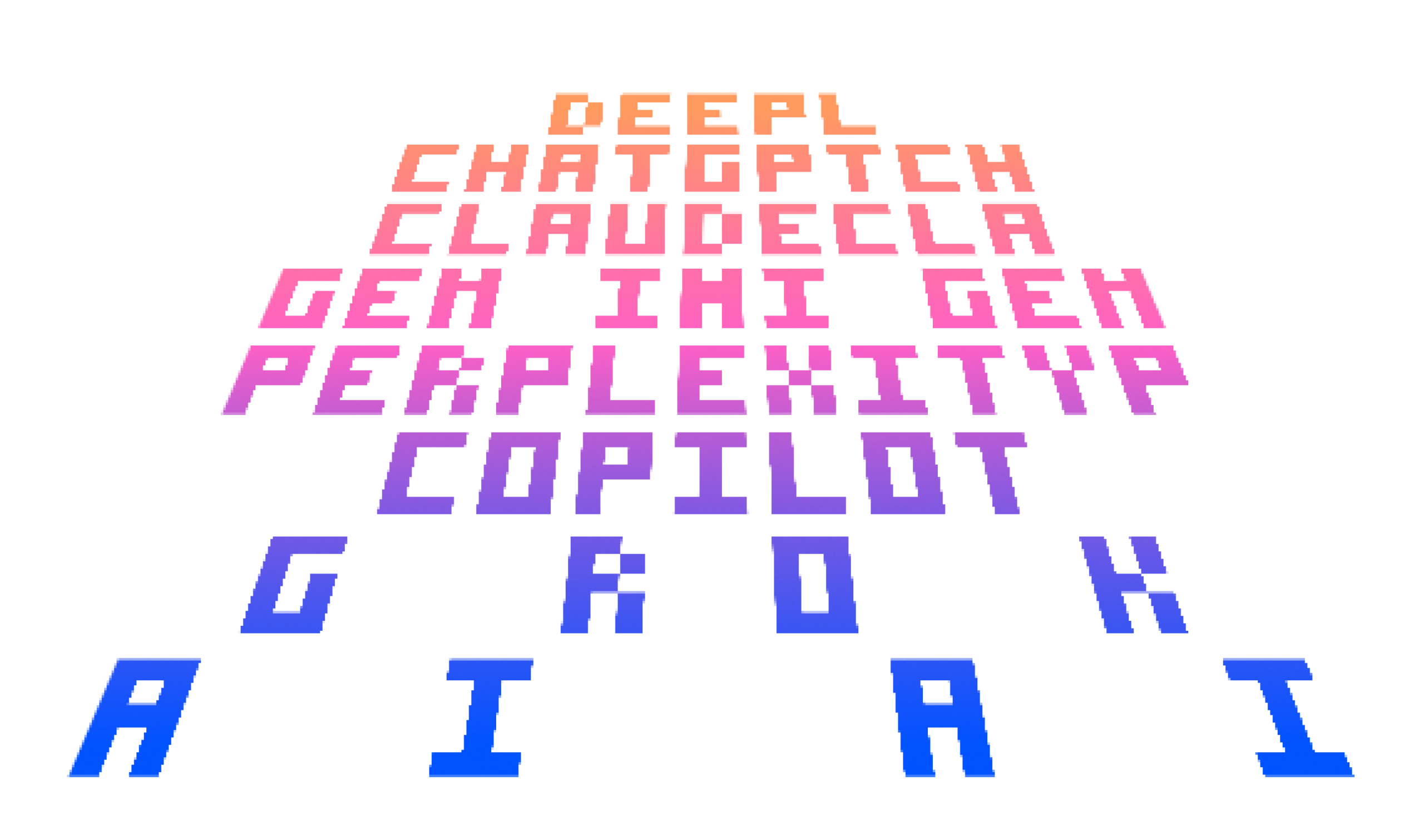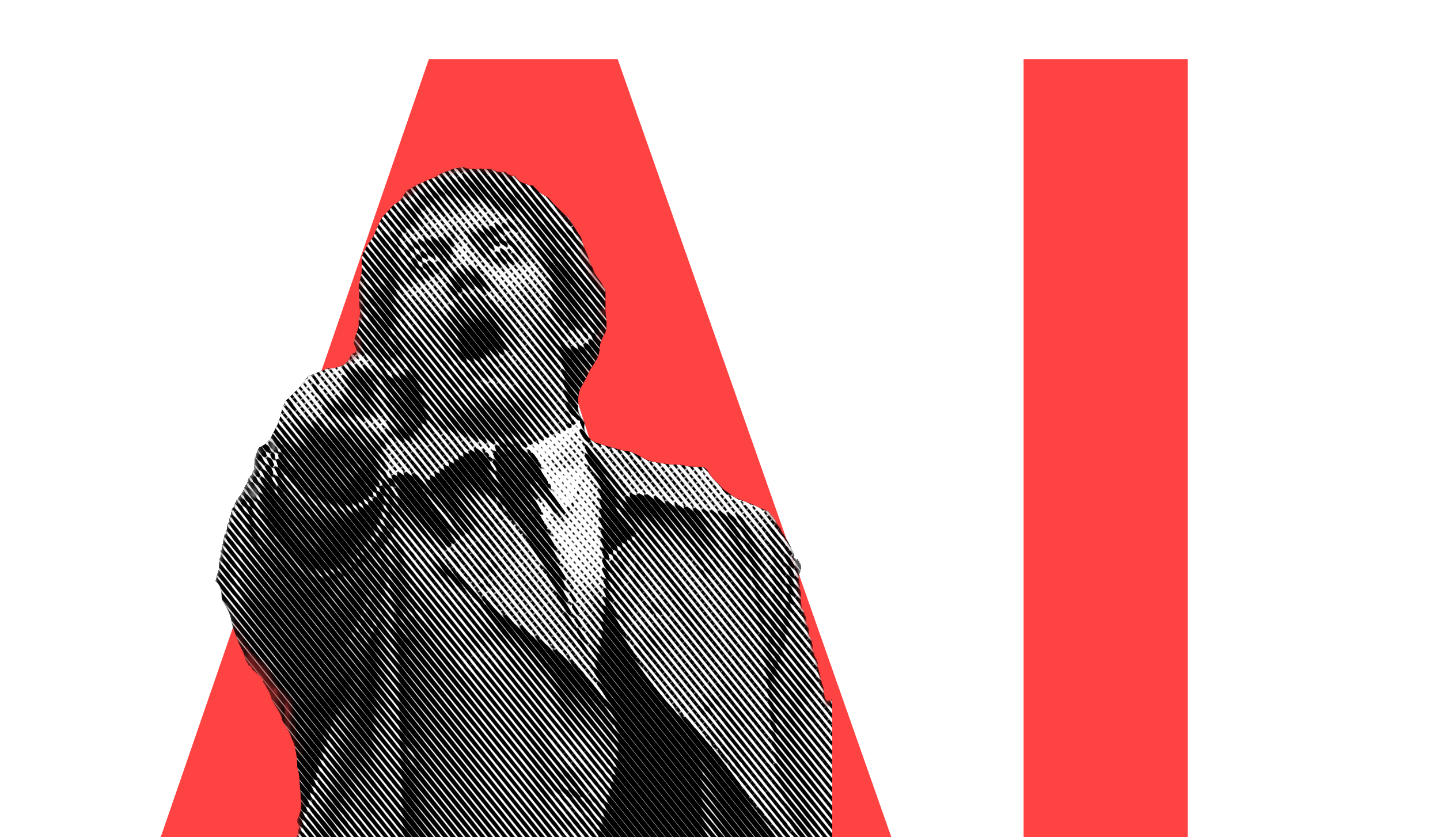If it is your side column on your website you want it. But does your user read—or even: see—it? You might argue that the side column is standard. So we do need it. Do we?
Do you miss the side column right now? I don’t hope so, as this would mean that my writing sucks and so you are bored, before you know where I am really heading to.
Eyetracking
Jakob Nielsen from the Nielsen Norman Group asks the key question:
Is “text-box blindness” getting to be as bad as “banner blindness”? We don’t know yet, but in our eye-tracking study, users didn’t look at the Google ads in the right-hand margin of this page any more than they did banner ads.
The picture has been created with the help of an eye tracking device. It illustrates that people ignore Google ads, and it shows which parts of a Website users look at: They seem to blind out the right side column. This is less surprising when you reflect on your own experience. Do you care about side columns when you read?
The Only Side Column You Look at is Your Own Side Column
If it is your side column on your website, you need it, like it, maybe you love it, as you need, like, and love everything on your own website. But as a user, you only care about what you are reading right now. It’s a bad sign if you care about the rest. Do you miss the side column now?
The supposed function for the sidebar is: If users finish the article, or if they get bored, they need something to click. Ask yourself: What do you do after you are done with an article or if you get bored? Either you click the back button or you scroll down to see if there is something coming down there.
Well, in that case, provide your users with something juicy below the article. It’s the footer you reach when you finish the article. And it’s the footer you scroll to, if you get bored.
On overview pages a column layout can make sense, but on article pages the side-column is nothing but noise that makes it hard to focus on the text.







